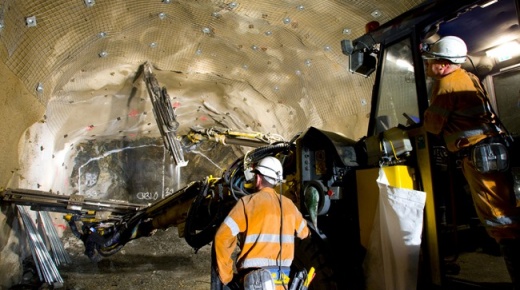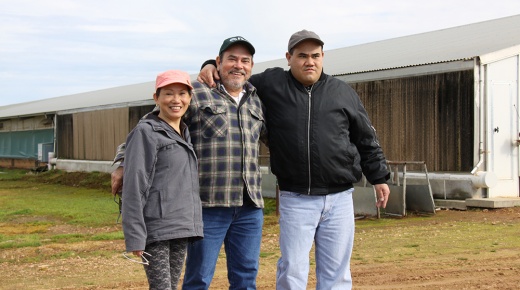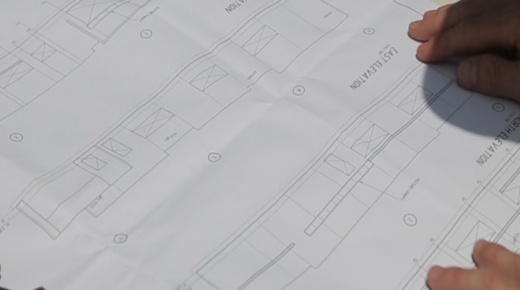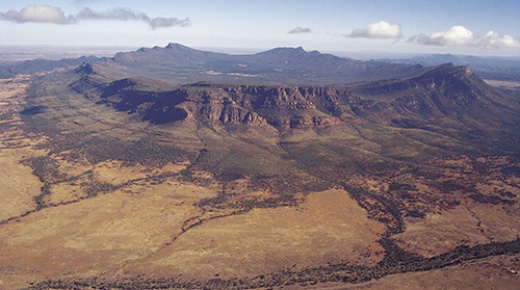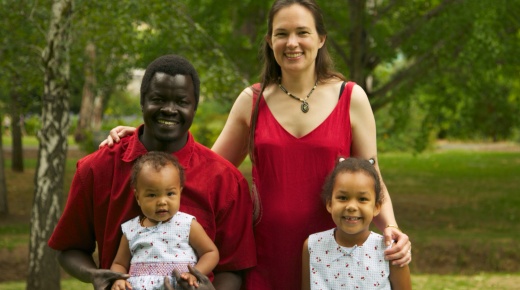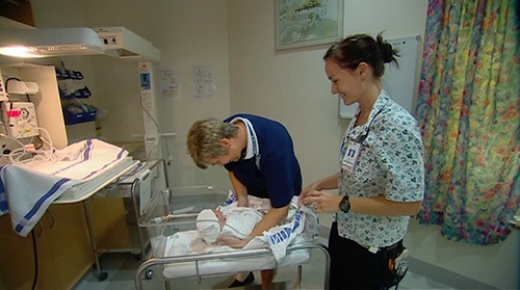The Australian Capital Territory (ACT) is located inland in the south east of Australia within the state of New South Wales. It is The ACT came into existence following the Federation of Australia in 1901 and the decision that territory would be ceded to the Commonwealth of Australia by the states to provide for the seat of Federal Government.
The Australian Capital Territory covers an area of approximately 2,350 square kilometres that includes a small area of land adjacent to Jervis Bay on the coast of New South Wales. The ACT is currently home to a population of around 360,000 people.
Canberra, the capital of Australia, is the only city in the ACT. The remainder of the Territory comprises farmland that is primarily used for the grazing of cattle, dairy farming and growing crops. There are also a number of vineyards within the Territory. Namadgi National Park, a large mountainous area is also located in the ACT as is a section of Murrumbidgee River.
The ACT’s climate consists of four distinct seasons with hot, dry summers and cold and frosty winters the norm. The surrounding mountains are often snow covered in the winter and crisp foggy mornings are common place. The ACT is generally acknowledged as very picturesque and the wide-open spaces and mountain regions give it a unique character and beauty.
The Australian Capital Territory has its own Legislative Assembly for the internal government of the Territory. The Assembly has responsibility for local government matters as well as some jurisdiction for wider matters that are generally the responsibility of State Governments. However, the Legislative Assembly does not have the full legislative independence accorded other Australian State Governments, an outcome of its status as Australia’s capital territory.
Canberra
Canberra is Australia’s capital city and home to the Australian Parliament. It came into existence following the Federation of Australia in 1901. Canberra is a fully planned city, designed by the American architects, Walter Burley Griffin and his wife Marion Griffin. The city’s design is unique and based on geometric shapes in alignment with a number of distinctive topographical features that surround the capital. Lake Burley Griffin is a key feature of this design.
Canberra has a population of approximately 360,000 people and is the largest inland city in Australia. It is the location of many of Australia’s most significant institutions including the High Court of Australia, the Australian War Memorial, the Australian Institute of Sport, the Australian National University, National Museum, National Library and Australian Defence Force Academy.
Canberra’s population is generally young, well educated and upwardly mobile. Crime rates are lower than in the rest of Australia and Canberrans are generally regarded as maintaining a keen interest in the arts and world affairs. Canberra offers its residents a rich and diverse cultural life with theatre productions, music events including folk festivals and annual outdoor concerts, nightclubs, cinemas and Australia’s major cultural institutions all readily accessible.
The city also offers its residents excellent sport and recreational facilities, including water sports on Lake Burley Griffin and, during the winter, many Canberrans take advantage of their close proximity to the snowfields of the Australian alps.
Canberra’s health facilities are not surprisingly world class. The city has two major public hospitals, the Canberra Hospital and Calvary Public Hospital. Both are major teaching hospitals with excellent reputations for the quality of health care they provide. In addition, there are three private hospitals, the Calvary John James Hospital, the National Capital Private Hospital and the Calvary Private Hospital, each a major health care provider in its own right.
Further, there’s a range of aged care services and a number of health care centres as well as general practitioner services available to the general population.
Economy
The city’s population includes the public servants employed by the Australian Government and, as such, Canberra’s average weekly income is the highest in Australia. Currently, Average Weekly Earnings in Canberra stand at just over A$1645 per week.
Further, unemployment in the ACT is generally lower than the national average, again a reflection of Canberra’s status as the national capital.
House prices in Canberra are, perhaps not unexpectedly, higher than the Australian average. Recently however, the housing affordability index for Canberra has approached historic highs as a result of falling prices accompanied by very low interest rates. With the likelihood of significant reductions in the numbers of public servants employed by the Federal Government, this trend may well either continue or at least hold for some time.
Activity in the local economy, including employment opportunities, is largely dependent on the expenditure of federal public servants. Public Administration and Safety is the Territory’s largest industry sector.
The services sector, retail, hospitality, recreation and entertainment as well as housing and construction and ancillary services are driven by the presence of such a large number of public sector employees.
The education and health sectors also provide a significant stimulus to the local economy.
Education
Canberra is home to the Australian National University, one of the country’s most prestigious tertiary institutions and one of the world’s leading universities. The University of Canberra is also located in the city. Additionally, the Australian Defence Force Academy and Royal Military College, Duntroon are located in Canberra.
The Australian Catholic University has a campus in Canberra, as does Charles Sturt University. Vocational tertiary education is available through the Canberra Institute of Technology.
Additionally, Canberra has a highly developed network of pre-school, primary and secondary school facilities, both through the public education system and through various private school organisations.
In summary, the educational facilities available in Canberra are excellent as is the equality of the education provided.



